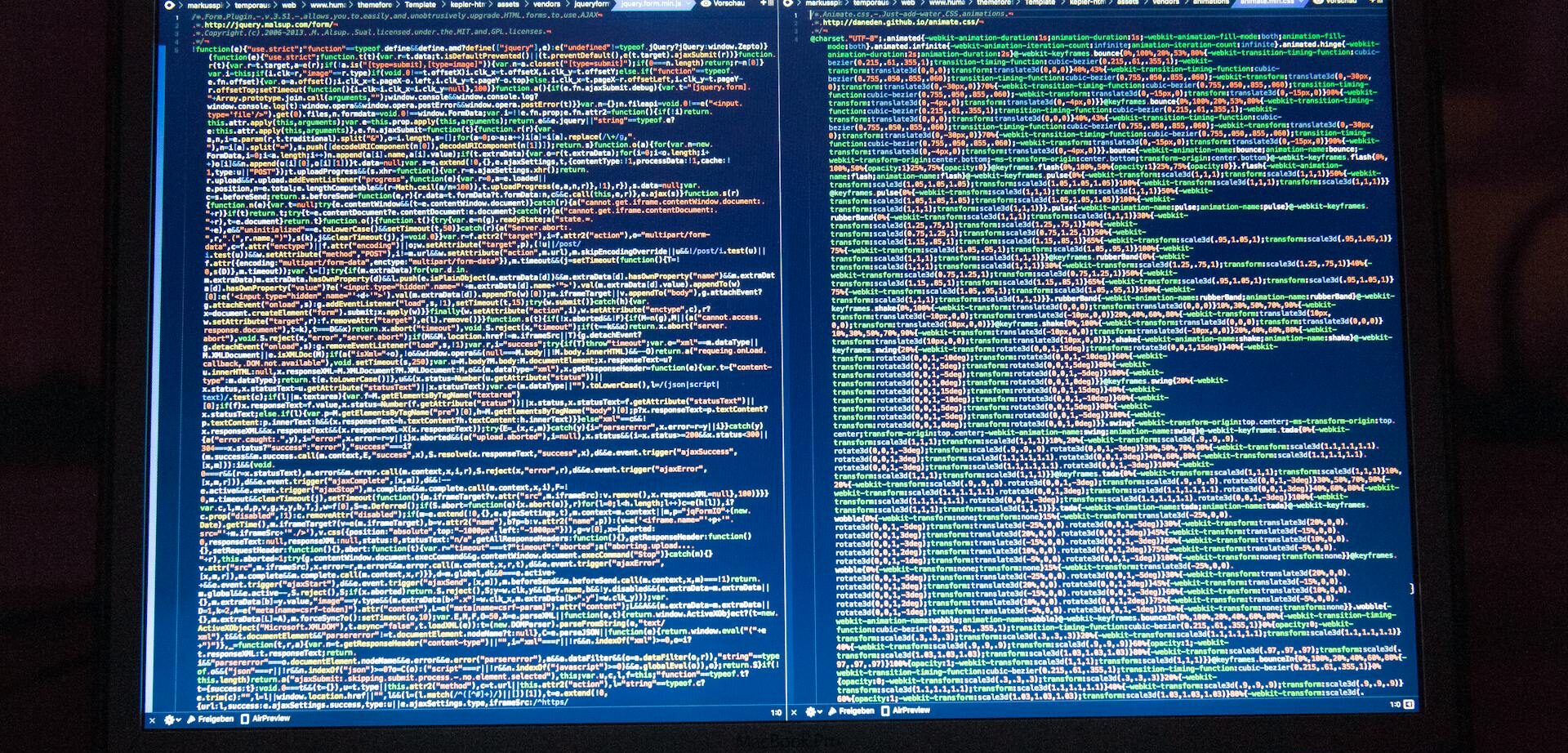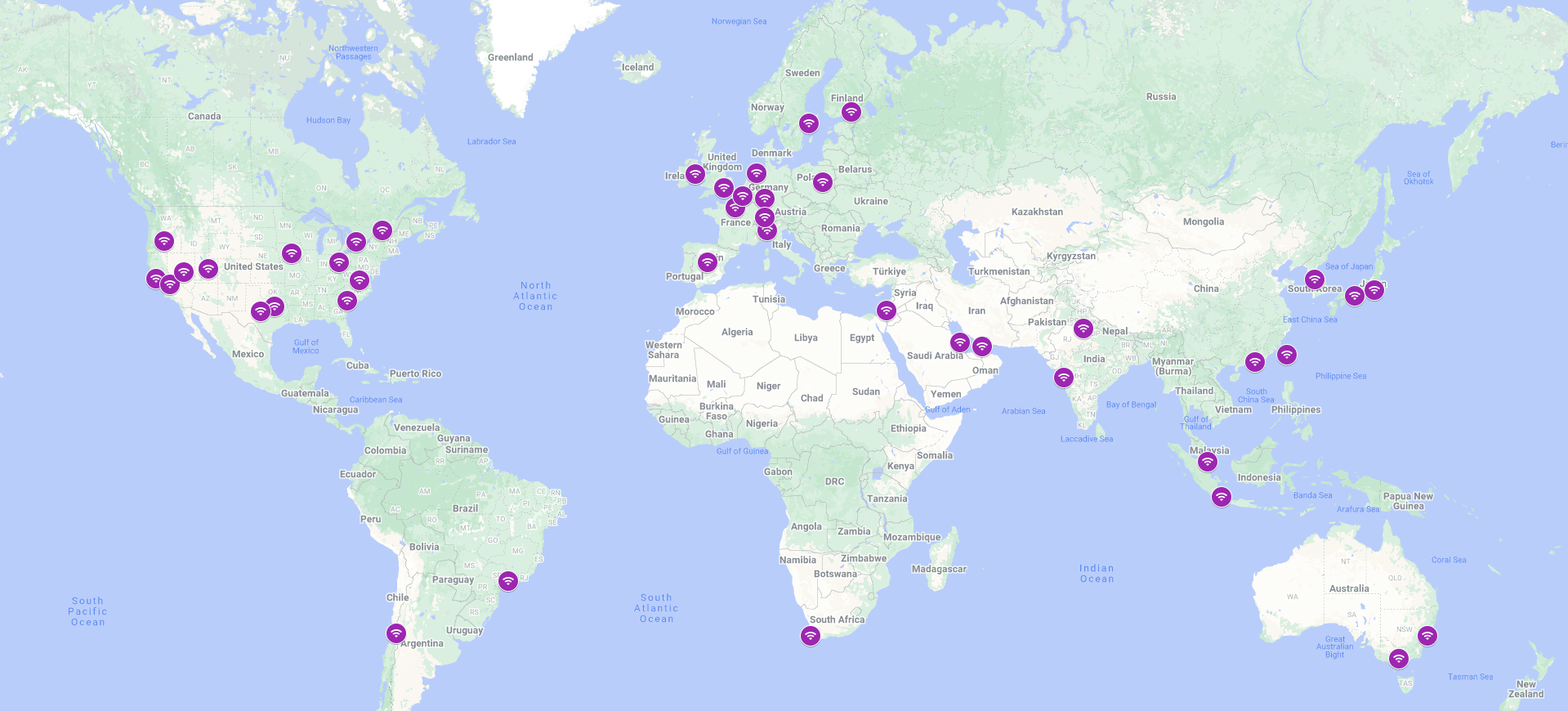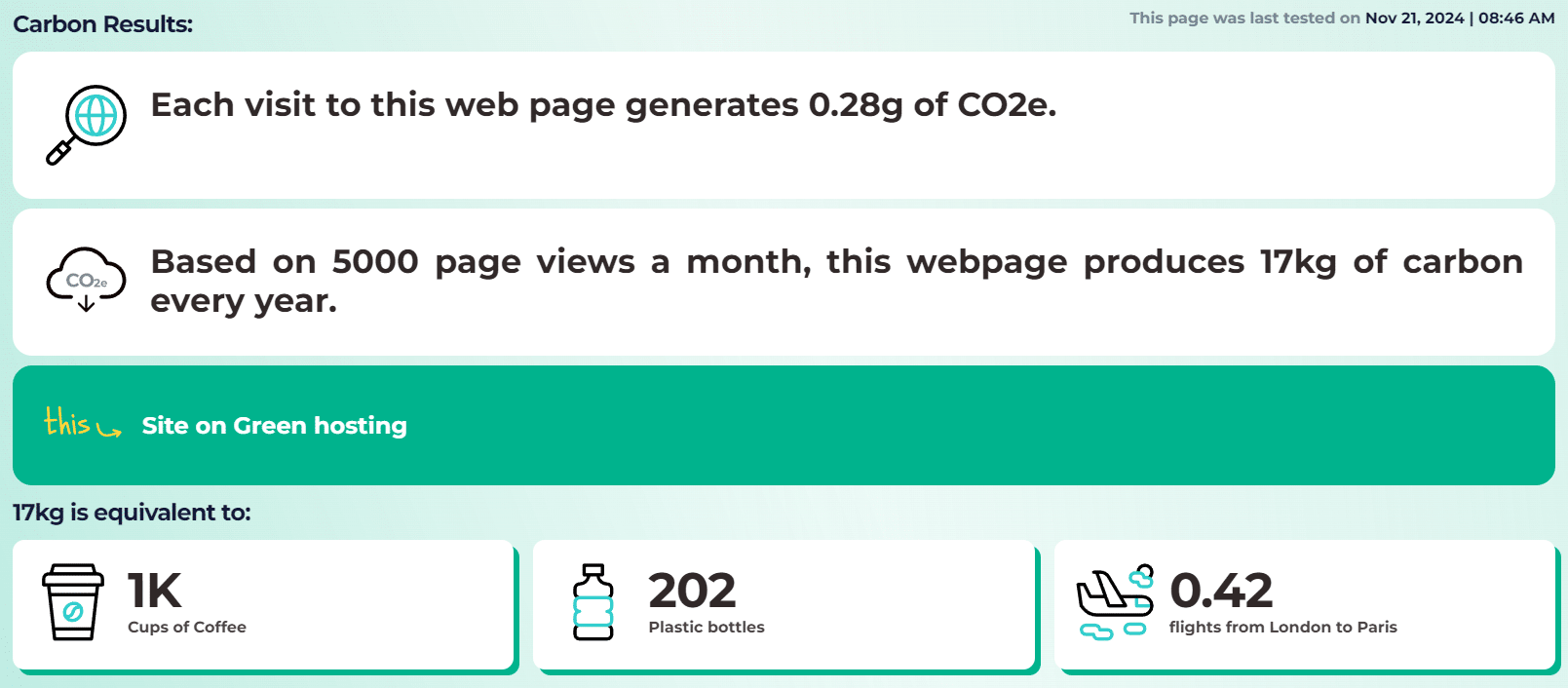The hidden carbon impact of websites
November 21, 2024 | by
Connor
When we think of carbon emissions, our minds usually jump to planes, cars, factories—the obvious culprits. But what about the websites we visit daily? Most of us don’t realise it, but every time a website loads, it consumes energy, and that energy often comes from non-renewable sources. In fact, the internet, and everything that powers it, from data centres to servers, contributes roughly the same amount of carbon emissions as the global aviation industry.
However, there are ways to reduce the carbon footprint of your website which not only help the planet, but can also boost your website’s performance with increased site speed, lower bounce rates, better user experience and improved SEO rankings.
Begin to make your website more sustainable with these key actions:
How green hosting reduces carbon emissions
Every time someone visits your site, your website hosting servers fire up and consume electricity.
Traditional web hosting providers typically run their servers on energy generated from fossil fuels. Green hosting providers, on the other hand, power their servers with 100% renewable energy from solar, wind or hydropower. So by switching to green hosting, you’re taking a huge step toward making your website more sustainable.
Move over to Mosaic’s green hosting today and begin reducing your digital carbon footprint.
Optimising websites for carbon reduction

A well-optimised website not only performs better for users, it also consumes less energy. Websites can be filled with unnecessary code and obsolete content, trimming the excess can make your website faster, leaner, and greener.
Image optimisation
Images are often one of the biggest culprits when it comes to data bloat. High-resolution images look great but can take up a lot of bandwidth, leading to longer load times and more energy consumption. Compressing your images without sacrificing quality is one of the simplest ways to cut down on unnecessary data usage. Formats like WebP offer high-quality images at a fraction of the file size compared to traditional formats like JPEG or PNG. There are also various image optimisation platforms that can optimise images to lower file sizes without changing file type or quality, many of which can be built-into your website platform.
Optimising images reduces the amount of data that needs to be transmitted, and that means less energy is required to serve your website to visitors.
Video optimisation
Videos can be powerful tools for engaging visitors, but they are also some of the most resource-intensive elements on any website. Therefore, optimising video content can make a big difference.
By using more efficient video formats, such as MP4 or WebM, and compressing your videos, you can reduce the amount of data required to load them. Additionally, embedding videos from external platforms, like YouTube or Vimeo, can save resources by offloading the energy demand to those platforms. For videos that must be hosted locally, consider implementing lazy loading so they only play when the visitor interacts with them.
Caching for efficiency
Caching is one of the easiest and most effective ways to improve website performance while also reducing its energy consumption. When a website visitor requests a page, the server retrieves the information and sends it back. Without caching, this process happens every time a visitor accesses the page, even if nothing has changed.
With caching, certain elements of your website—like images, scripts, or even entire pages—are stored locally on the user’s device or in a cache on the server. The next time the visitor loads the page, much of the content is retrieved from the cache rather than being sent from the server again. This reduces the amount of data transferred and cuts down on energy use. Implementing effective caching strategies can significantly reduce load times and improve overall efficiency.
Code optimisation
Websites are built on layers of code—HTML, CSS, JavaScript—and too much of it can lead to inefficiencies.
Techniques like minification (which strips out unnecessary characters like spaces and line breaks) and lazy loading (which only loads images and scripts when they’re needed) help reduce the amount of data that’s transferred. Cleaner code means faster load times and less energy use, which is a win for both your visitors and the environment.
Responsive and efficient design
Responsive design is crucial to meet the needs of users who access your site on a variety of devices. A responsive, efficient design ensures that your website only delivers what’s needed for the device being used, reducing data load and energy consumption.
Utilising Content Delivery Networks (CDN) to lower website emissions

If you run a website for your UK-based business, chances are most of your visitors will also be from the UK. But what happens when your website is hosted on a server located far from your users? The longer data has to travel, the more energy it consumes, leading to higher emissions—and longer load times for your visitors. This is where a Content Delivery Network (CDN) steps in, making your website both faster and greener.
Think of a CDN as a network of strategically placed servers that work together to deliver your website’s content. Rather than relying on one central server, a CDN distributes your content across servers located closer to your users. So, if you have customers in Manchester, London, or Glasgow, the CDN will serve them content from the nearest server, cutting down the time it takes for your website to load and lowering energy consumption.
Mosaic offers CDN integration as part of our hosting packages, with our main hosting servers being UK-based for peak performance.
Measuring and reducing your website’s carbon footprint

The first step towards reducing your website’s environmental impact is understanding how much energy it currently uses. Fortunately, there are tools available that can give you a clearer picture.
How to calculate a website’s carbon footprint
Several online tools, such as the Website Carbon Calculator, allow you to enter your URL and quickly see how much CO2 your website produces per visit. These tools consider factors like page size, data transfer, and hosting location to give you a carbon estimate. It’s a simple way to understand where your website stands in terms of environmental impact.
Once you have an idea of your website’s carbon footprint, the next step is identifying the key areas for improvement. Most websites can dramatically reduce their emissions with a few targeted changes, starting with hosting, images, and code optimisation.
Mosaic’s carbon reduction services
We take a holistic approach to carbon reduction. Beyond offering green hosting, we also provide website performance audits that help identify inefficiencies in your site’s design and functionality. Our expert team can work with you to optimise every element of your website, from the structure of your code to the management of media files. These changes not only reduce energy consumption but also improve your website’s overall performance, helping you serve your customers better while being kinder to the environment.
The benefits of a sustainable website
Customers are becoming more eco-conscious and this is increasingly shaping purchasing decisions. Demonstrating your commitment to lowering the carbon impact of your website, as part of a wider carbon reduction and sustainability strategy, can provide evidence that your company cares about its environmental responsibilities and is willing to adapt its operations.
The Benefits of a Sustainable Website
A faster, more efficient website improves user experience, reduces bounce rates, and can even boost your search engine rankings. Google, for example, rewards faster websites with higher visibility in search results—so by reducing your website’s carbon footprint, you could also be improving your SEO performance.
Moreover, future-proofing your website with sustainable practices helps you stay ahead of regulatory changes. With governments around the world moving toward stricter environmental regulations, having a carbon-conscious digital strategy in place can help ensure compliance.
Contact Mosaic today for a free consultation on how we can help you reduce your digital carbon footprint and future-proof your business.